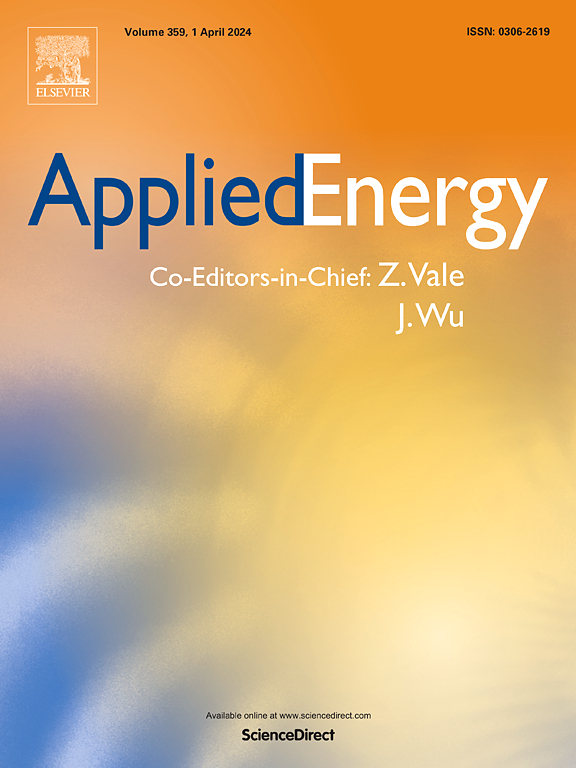Customer-centric meso-level planning for electric vehicle charger distribution
IF 10.1
1区 工程技术
Q1 ENERGY & FUELS
引用次数: 0
Abstract
This paper presents a framework for the meso-level planning of electric vehicle (EV) charger distribution, addressing customer-level plugin uncertainties and regional variations. To bridge the gap between nationwide macro-level targets and localized micro-level plans, a meso-level approach is essential, considering regional diversity, market dynamics, and customer-centric factors. To address these limitations in meso-level planning, this paper proposes a customer-segmentation approach coupled with a probabilistic Monte Carlo Simulation to identify charger requirements in the cities across the Australian capital. This paper employs a K-means clustering algorithm to classify EV customers, leveraging prioritized features derived from a Random Forest Classifier based on available models in regional markets. Regional uncertainties in EV plug-in behaviors are collected from Australian scenarios to capture the inherent variability in charging patterns and accurately reflect the local demographics influencing EV adoption and usage. The results indicate the need for installing 1239 regular and 235 fast-charging ports, with a projected 29.53 % increase in charging ports by 2040 due to population and vehicle sales growth. Additionally, comparing with existing reports reveals that neglecting customer plugin behaviors and vehicle types can lead to an inaccurate estimation of charger requirements, resulting in significant investment losses. The findings underscore the importance of incorporating customer segmentation and regional variations into EV infrastructure planning to optimize resource allocation without costly mismatches.

求助全文
约1分钟内获得全文
求助全文
来源期刊

Applied Energy
工程技术-工程:化工
CiteScore
21.20
自引率
10.70%
发文量
1830
审稿时长
41 days
期刊介绍:
Applied Energy serves as a platform for sharing innovations, research, development, and demonstrations in energy conversion, conservation, and sustainable energy systems. The journal covers topics such as optimal energy resource use, environmental pollutant mitigation, and energy process analysis. It welcomes original papers, review articles, technical notes, and letters to the editor. Authors are encouraged to submit manuscripts that bridge the gap between research, development, and implementation. The journal addresses a wide spectrum of topics, including fossil and renewable energy technologies, energy economics, and environmental impacts. Applied Energy also explores modeling and forecasting, conservation strategies, and the social and economic implications of energy policies, including climate change mitigation. It is complemented by the open-access journal Advances in Applied Energy.
 求助内容:
求助内容: 应助结果提醒方式:
应助结果提醒方式:


